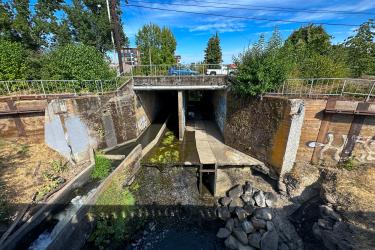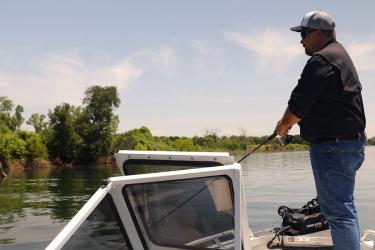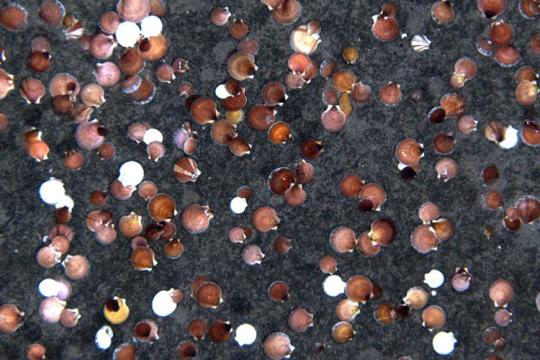We continue to change how hatcheries are operated and integrated with natural populations of anadromous salmonids. New techniques and refinements to collecting, rearing, and release strategies hold some promise for better supporting depleted populations with artificial propagation. However, these techniques require rigorous evaluation at the population level.
Determining the effects of hatchery supplementation on natural populations of anadromous salmonids requires monitoring both supplemented and non-supplemented populations. The Hood Canal Steelhead Project is a replicated, before-after-control-impact experiment. It estimates spawner abundance and genetic diversity before, during, and in the generation after supplementation.
Research
We conduct research to:
- Engage and partner with local stakeholders and non-governmental organizations to create a long-term regional program.
- Implement and evaluate largely untested conservation hatchery techniques to support the recovery of depleted steelhead trout populations.
- Monitor abundance, life history, and genetic diversity in supplemented and non-supplemented streams.
- Terminate the hatchery programs and monitor those programs' legacy on the natural populations in the subsequent generation.
Projects
- Evaluate the effectiveness of releasing captively reared adult salmon.
- Assess differences in smolt quality between hatcheries.
- Develop alternatives to artificial spawning.
- Measure different indicators of genetic diversity in natural and hatchery populations.
- Describe life history diversity across a diverse landscape.
Collaborators
- Long Live the Kings
- Hood Canal Salmon Enhancement Group
- Washington Department of Fish and Wildlife
- U.S. Fish and Wildlife Service
- U.S. Forest Service
- Skokomish Indian Nation
Contact
Barry Berejikian, Fisheries Enhancement and Conservation Program Manager








